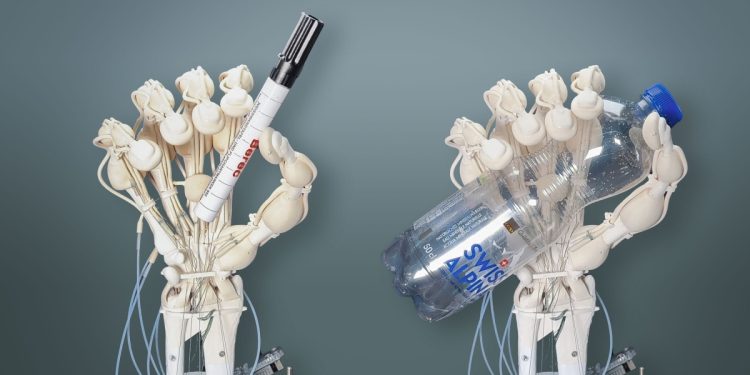In recent years, 3D printing has evolved from a niche technology into a transformative force across multiple industries. From healthcare to aerospace, this revolutionary method of production is pushing the boundaries of what’s possible, enabling innovations that were once the realm of science fiction. As we look to the future, several emerging technologies and trends are set to redefine the landscape of 3D printing even further. Among these, the integration of artificial intelligence (AI) and machine learning stands out as particularly transformative.
Upcoming Innovations in 3D Printing
The future of 3D printing is incredibly promising, with several key innovations on the horizon:
- Bioprinting: One of the most groundbreaking advancements is the potential for bioprinting human tissues and organs. Using cells as ‘ink’, researchers are developing ways to print complex tissue structures. This technology holds immense potential for regenerative medicine, allowing for the creation of custom organ transplants and reducing dependency on donor organs.
- Multi-Material Printing: Traditionally, 3D printers have been limited to using a single material per print job. However, new multi-material printers are emerging that can use several different materials simultaneously. This capability opens up vast possibilities for creating complex, functional objects with varied properties, such as combining flexible and rigid parts in a single print.
- Speed and Scale: Innovations are also driving significant improvements in the speed and scale of 3D printing. Technologies like Continuous Liquid Interface Production (CLIP) are drastically reducing print times, making it feasible to use 3D printing for large-scale manufacturing. Additionally, advances in materials science are enabling larger, more durable prints.
- Sustainable Printing: As environmental concerns grow, the focus on sustainable 3D printing practices is increasing. Innovations in biodegradable and recyclable materials are making it possible to produce eco-friendly prints. Moreover, advancements in energy-efficient printers are helping to reduce the carbon footprint of 3D printing processes.
The Impact of AI and Machine Learning
Artificial intelligence and machine learning are poised to revolutionise 3D printing, bringing about a new era of innovation and efficiency. Here’s how:
- Optimising Print Quality: AI algorithms can analyse data from previous print jobs to predict and correct potential errors in real-time. This results in higher quality prints with fewer defects, saving both time and materials.
- Automating Design: Machine learning can assist in the design process by generating optimised models based on specified parameters. This automation not only speeds up the design process but also ensures that the models are optimised for the 3D printing process, reducing the likelihood of errors.
- Predictive Maintenance: AI can monitor the performance of 3D printers and predict when maintenance is needed, preventing costly breakdowns and extending the lifespan of the machines. This predictive capability ensures a more reliable and efficient printing process.
- Enhancing Material Properties: Machine learning can be used to discover and develop new materials with enhanced properties for 3D printing. By analysing vast amounts of data, AI can identify material combinations that result in stronger, lighter, or more flexible prints, tailored to specific applications.
The Role of PETG Filaments
As these technologies advance, the choice of materials remains a crucial aspect of 3D printing. One material that continues to gain popularity for its versatility and strength is PETG filament in Australia specifically, among both hobbyists and professionals alike. Known for its durability, chemical resistance and ease of use, PETG is ideal for a wide range of applications, from household items to industrial components.
The future of 3D printing is bright, with emerging technologies and the integration of AI and machine learning driving the industry forward
These innovations promise to enhance the capabilities of 3D printing, making it faster, more efficient, and more versatile than ever before. As we continue to explore the potential of this technology, the possibilities are limited only by our imagination. Whether it’s through advancements in bioprinting, the development of new materials or the optimisation of printing processes, 3D printing is set to play a pivotal role in shaping the future of manufacturing and beyond.







